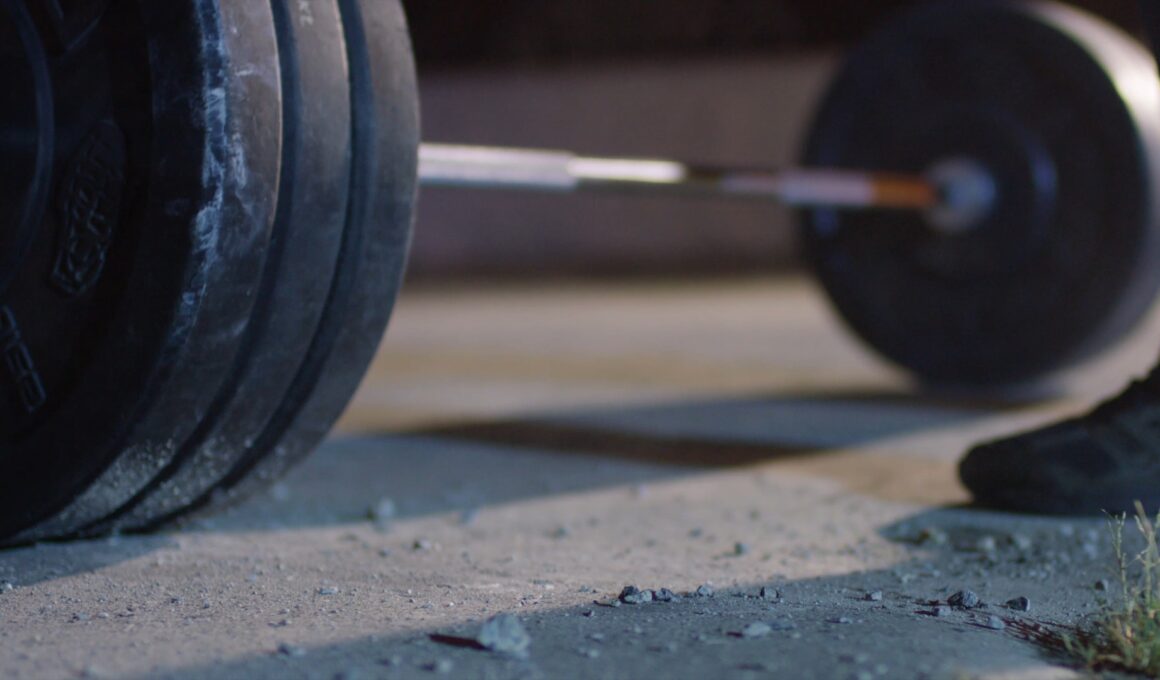A back-off set is a type of set used in the gym in order to help stimulate more muscle growth and strength gains during any workout. Back-off sets are so called because they encourage you to ‘back-off’ of the weight you’re lifting and thus take it a little easier.
In essence, a back-off set involves doing your last set on a lighter weight with a slightly higher number of repetitions. If you were doing bicep curls then, you might do two sets of eight repetitions on 75% of your ‘one rep max’, then move on to do 15 repetitions on 50% for your last (third) set.
Why Back-Off Sets Work
The idea behind back-off sets is several fold and the benefits include:
- Better technique for the final set when you might otherwise be struggling
- The ability to push past failure
- A longer set to direct more blood flow and nutrients to the target muscle groups
- The opportunity to recruit slow twitch muscle fibers
This last point is particularly important. Normally when we train in the gym, we do so using primarily fast and explosive movements. That is to say that we choose heavy weights and we then need to really ‘explode’ up through each repetition. This is great and all, but it means that we’re only recruiting the fast-twitch muscle fibers that are designed for this explicit purpose.
On the other hand, when you use a lighter weight and exercise for higher repetitions, this means you’re training for endurance. This requires you to use the ‘slow twitch’ muscle fibers, which are those fibers containing more mitochondria – the energy producing organelles in the muscle cells. This means that you can then cause microtears in a great proportion of the muscle fiber in that area, and thereby trigger growth across more of the muscle. If you only train one type of twitch muscle fiber, then the growth response will be smaller.
Simultaneously, back-off sets give you the opportunity to direct more blood flow to the muscles because you’re using them for longer, it prevents bad form from creeping into the end of your movement and it can thereby even potentially prevent injury.




